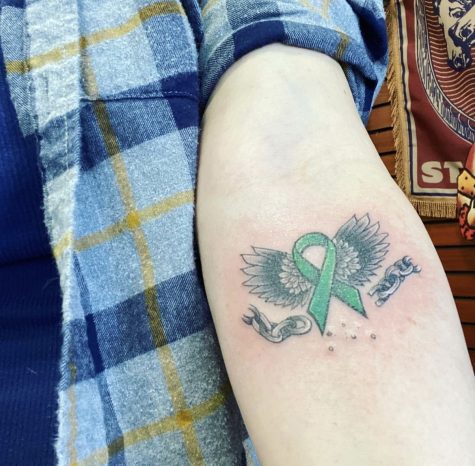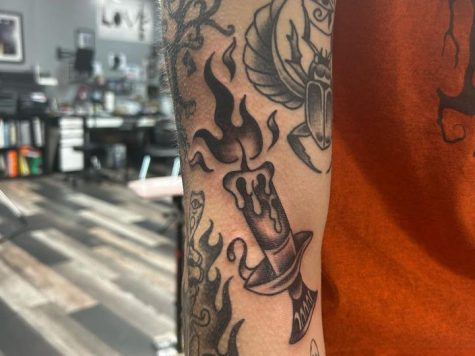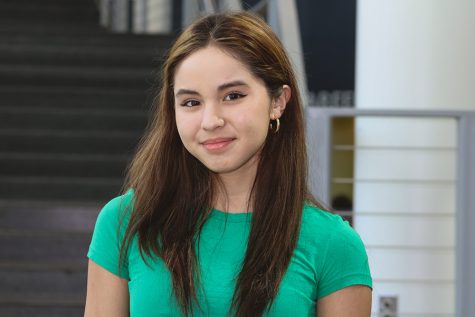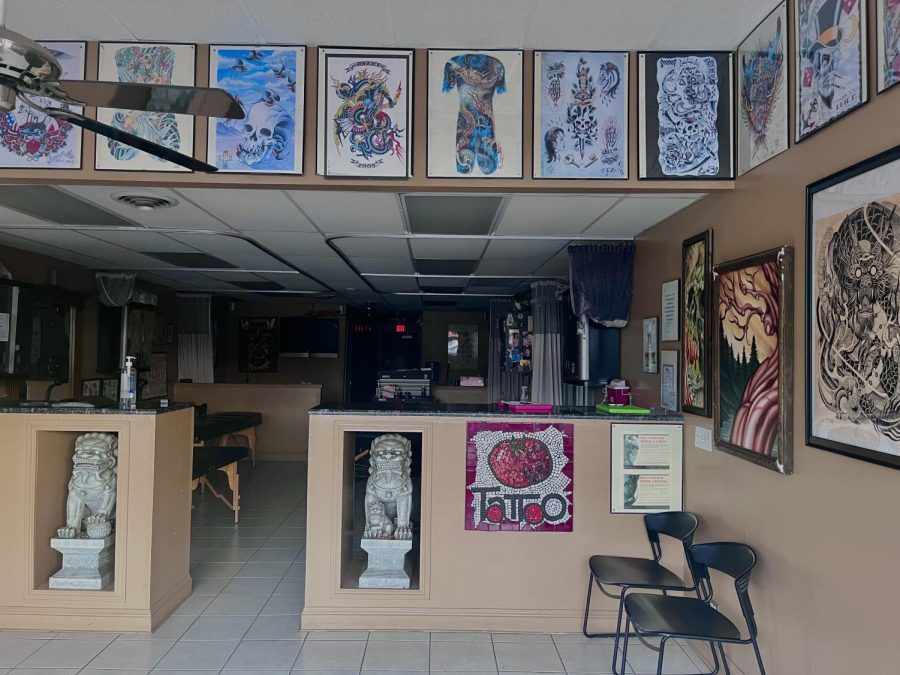Tattoos mark new territory throughout time
Tattoos are unique to the person, offering a variety of designs created by an individuals imagination.
Ink, hisory and creativity– tattoos have held a predominant part in cultures all around the world. Their versatile nature has made them a foundation in cultural traditions, spirituality and physical healing. Through time, though, stigmatization began to overtake this once-sacred marking.
College senior Jihee Tina got her first tattoo on her arm of birds to represent spirituality. What was seen to her as an innocent marking of self-expression led to a spiral of effects she was not prepared to endure.
“After getting my first tattoo, getting a job was harder. It was fairly large, but because I wanted to work with kids, most employers don’t like that it was visibly seen, so I would have to cover up,” Tina said.
So the real question remains: If tattoos held such a high status in the past to our ancestors, what changed? The 1950s were a crucial turning time in tattoo history. During this time, they began to be associated with the negative stigma of rebellion and “non-elite” individuals.
It took society until around the 1980s for them to become more socially acceptable and even had celebrities visibly showing them. This rewrote tattoos’ image away from rebellion and more towards a debate between personal expression and professionalism.
Senior Kristina Treibachs has always been intrigued by getting a tattoo but is still determining how it would fit in with the professional world.
“Not only do I like the way tattoos look, but I like how they can also serve a deeper meaning. My mom is a big person in my life, so I wanted her initials on the inside of my finger. I want to work in psychology, and I’m unsure if my choice to get one done would harm me professionally,” Treibachs said.
The debate is still one that remains prevalent. However, one significant shift that has come with the transition of tattoos and where they stand today, is what they have done in social justice.
With the rise of mental health awareness, tattoos have played a significant part in this act.
According to ABC News, it’s estimated that about one million people worldwide have a semicolon tattoo. It’s used to spread awareness to those who have dealt with suicide, depression, addiction and other mental health issues.
Tattoo artist Nathan Daehn practices the art of tattooing whenever he gets the chance after first being intrigued by the idea of the intricacy and detail that tattoos have. He has experience with creating tattoos that have a personal connection with people and events that have been traumatic.
“I did a tattoo on my mom, and we now have a matching tattoo of a green ribbon. It represents awareness of mental health. My mom and I have both struggled with your mental health, but we wanted to show people that your illness does not define you and is not an everlasting part of you,” Daehn said.

Beyond their social aspect to alter our society, tattoos have a significant futuristic role when it comes to the field of health and medicine. Acording to Healthline, scientists in Germany have created a color-changing tattoo that will help patients with diabetes and other related health conditions monitor their health by looking at their skin. The tattoos work by changing colors anytime any of their vitals change, even in the slightest.

Sophomore Harley Sims has type 1 diabetes and, after hearing about this new way to monitor his glucose levels, was surprised to see how far tattoos have come with their advancements.
“I have been diagnosed with type 1 diabetes since elementary school, and monitoring my sugar levels has always been a continuous thing I have to worry about. I have also always liked the way tattoos look, so I think it cool that I could combine these two things,” Sims said.
“I take so much pride in my tattoos. They are apart of me. Everyone knows me as the person with curly hair and tattoos. They help tell my story and help me express myself in such a beautiful way,” Daehn said.


